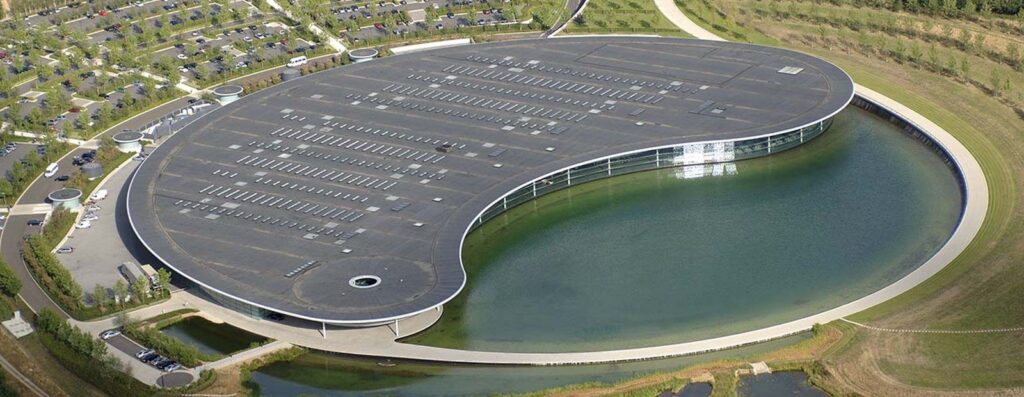In a bold move that showcases innovation and adaptability, McLaren, the renowned British automotive and motorsport company, has recently repurposed its old Formula 1 factory into a state-of-the-art composites facility. This strategic decision reflects McLaren’s commitment to sustainability, advanced engineering, and the utilization of cutting-edge materials. By repurposing their existing infrastructure, McLaren demonstrates how companies can embrace change and repurpose assets to stay at the forefront of their industry. In this blog post, we will delve into the details of McLaren’s transformation, the benefits it brings, and the implications for the automotive and composites industries.
The Evolution of McLaren’s Old F1 Factory: For decades, McLaren’s old Formula 1 factory in Woking, United Kingdom, served as the epicentre of the company’s racing operations. However, with the ever-changing landscape of the automotive industry, McLaren recognized the need to adapt and explore new avenues beyond Formula 1. Rather than abandoning its existing facility, the company made a bold decision to repurpose it into a composites facility, focusing on the development and production of advanced carbon fibre-based materials.
Harnessing the Power of Composites: Carbon fibre composites have revolutionized industries ranging from aerospace to automotive. By repurposing its factory, McLaren aims to leverage the expertise gained from decades of Formula 1 engineering to push the boundaries of composites technology further. Carbon fibre composites offer exceptional strength-to-weight ratios, enabling the development of lighter and more fuel-efficient vehicles without compromising safety or performance. McLaren’s new composites facility will allow them to refine and innovate these materials for a wide range of applications.
Advanced Manufacturing Techniques: The repurposed facility boasts cutting-edge manufacturing techniques, including automated processes and advanced robotics. These advancements improve production efficiency, reduce waste, and enable precise manufacturing of complex carbon fibre components. McLaren’s deep understanding of aerodynamics and engineering, derived from their Formula 1 experience, is now being harnessed to enhance the performance and structural integrity of composite materials. The facility’s technological prowess ensures that McLaren stays ahead in the ever-competitive automotive industry.
Sustainable Manufacturing and Circular Economy: McLaren’s decision to repurpose its old factory aligns with its commitment to sustainability. Carbon fibre composites offer a greener alternative to traditional materials, thanks to their lower environmental impact and improved recyclability. By investing in the development of composites, McLaren contributes to the industry’s transition towards a circular economy. The ability to recycle carbon fibre components, combined with their durability, allows for reduced waste and increased longevity of materials, making McLaren’s composites facility an essential player in sustainable manufacturing practices.
Implications for the Automotive Industry: McLaren’s repurposed composites facility represents a significant milestone in the automotive industry. The utilization of advanced carbon fibre composites in vehicle production offers numerous benefits, including increased fuel efficiency, improved performance, and enhanced safety. As McLaren continues to refine and innovate composite materials, the ripple effect will be felt throughout the industry. Other automakers may be inspired to invest in similar facilities and accelerate the adoption of composites in their vehicles, driving a more sustainable and technologically advanced future.
Conclusion: McLaren’s decision to repurpose their old Formula 1 factory into a composites facility showcases their ability to adapt and lead the way in the automotive industry. By harnessing their expertise in aerodynamics and engineering, McLaren aims to push the boundaries of composites technology, exploring innovative ways to utilize carbon fibre materials. This strategic move not only positions McLaren as a pioneer in sustainable manufacturing practices but also influences the wider automotive industry to embrace the potential of advanced composites.

Blogs
Top 10 Must-Have McLaren Accessories for Performance and Style
Introduction Owning a McLaren itself shows a luxurious lifestyle. The right accessories can make your ride best, it does not matter that you drive a





